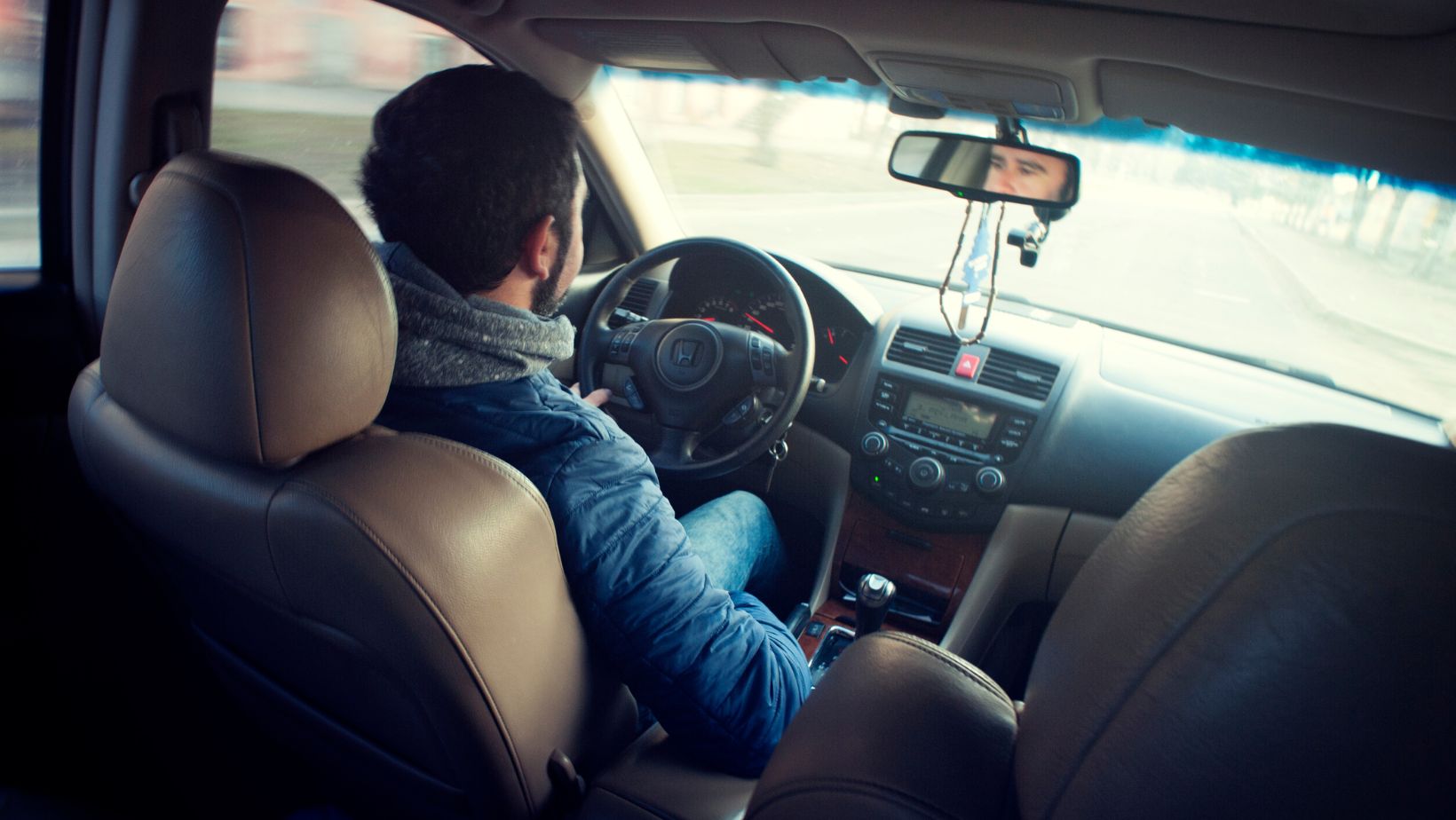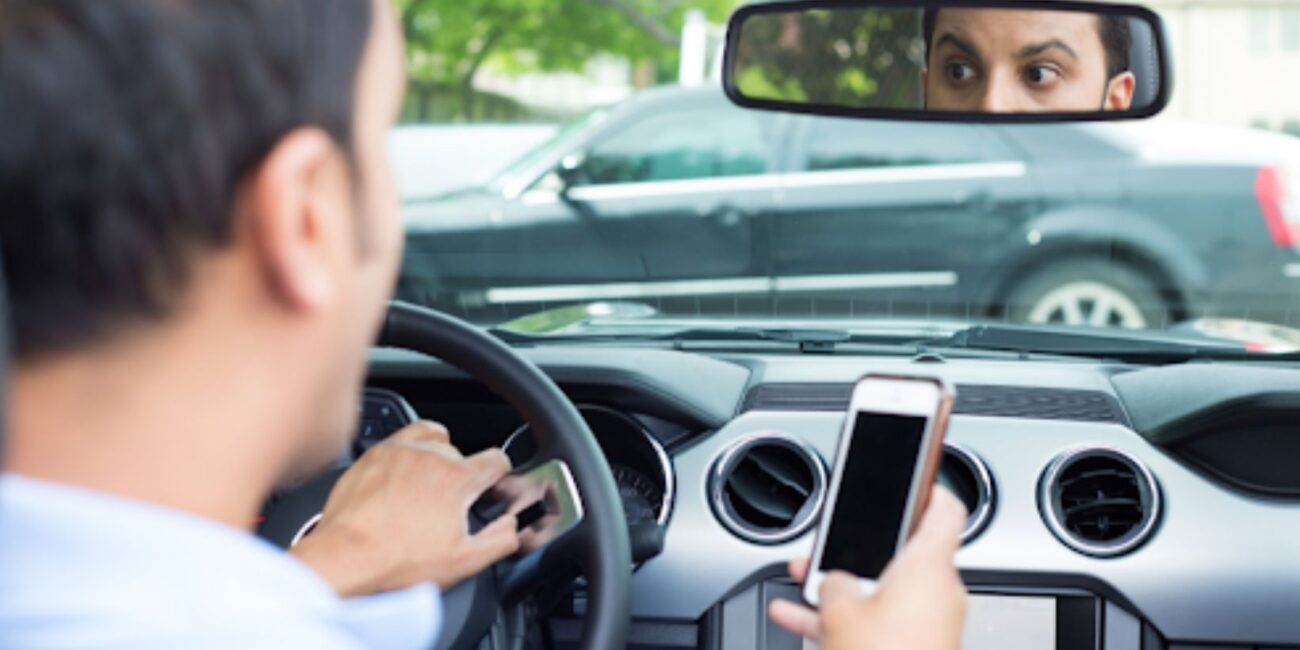High-risk car accident areas are the roads or locations where accidents tend to occur more frequently, based on high traffic, poor road design, and careless driving. Riders and drivers who pass through these areas encounter greater risks.
Understanding the causes behind these accidents puts you in a position to know what not to do in order to protect yourself. The most common are distractions, overspeeding, and driving under the influence.
Here are the tips for riding safely in a high-risk accident areas.
1. Avoiding Distractions While Driving
One of the greatest causes of accidents in risky areas is distractions. This involves texting, eating, or even talking excessively with passengers.
According to research, when you send out a text or even when you are reading one, your eyes are off the road for an estimated five seconds. That is equal to driving a football field at 55 mph without looking. This is sufficient time to have an accident in a high-risk area.
To remain safe, maintain concentration on the road. Put your phone away, eat first before getting behind the wheel, and only use your GPS or music when you are not moving.
2. Maintain Safe Following Distances
One of the easiest safety habits is to maintain a distance between you and the car ahead of you. Sudden stops are frequent in high-risk areas. When you are too close and driving, you may not have time to respond.

One of the best rules is the three-second rule. Count three seconds to watch the car in front travel over a landmark, such as a pole or a tree, and then count three seconds before your car does. When you come too early, you are too near.
On wet roads or roads with low lighting, add some more distance to ensure safety.
3. Wear the Right Safety Gear
When riding a bicycle or motorcycle in high accident-prone areas, you should use protective gear. Helmets, gloves, reflective jackets, and heavy shoes protect you from serious injuries in the case of accidents.
A helmet alone has been discovered to significantly lower the risk of fatality and the chance of head injury. Riders who do not use safety gear are at a greater risk of life-threatening injuries following a collision.
4. Don’t Drink and Drive
Alcohol impairs your concentration and slows down your response time. The slightest quantities of alcohol can influence judgment and decision-making. Drunk driving is particularly risky in places where accidents already occur frequently.
According to the National Highway Traffic Safety Administration (NHTSA), approximately 37 individuals die daily in the US because of accidents caused by alcohol-impacted drivers. This points out the fatal nature of drunk driving.
Never drinking and driving is a safer option. Get in a taxi, use a ride-sharing app, or get a sober friend to pick you up in case you have been drinking.
5. Stay Visible
Most accidents occur due to the lack of visibility of riders by other drivers. Visibility in high-risk regions of low lighting or traffic is even more important.
When you are on the road, make sure your headlights and taillights are in order at night. Bright or reflective clothing can also make a difference. Make use of reflective strips on your bike or clothing to make other people aware of your presence.
Final Thoughts
Luck is not enough to stay safe in high-risk car accident areas. By following the above safety tips, you can protect yourself and others on the road, even in the most accident-prone areas.
A quick recap of common safety tips in high-risk car accident areas:
- Avoid distractions like texting or eating while driving.
- Keep safe following distances to allow time for sudden stops.
- Wear protective gear, especially helmets, if riding a bike or motorcycle.
- Never drink and drive; choose safer alternatives.
- Make yourself visible with bright clothing and working lights.



